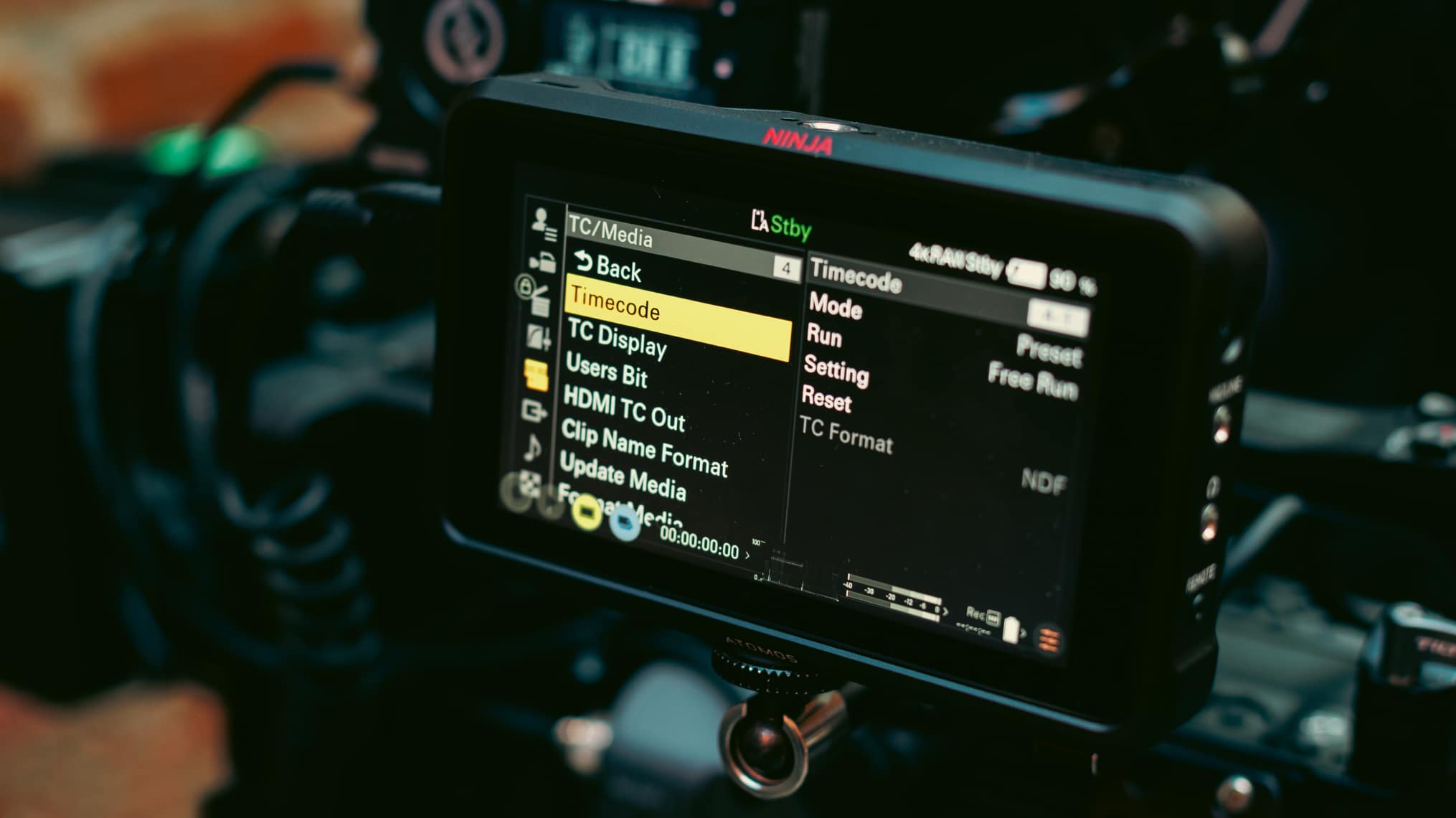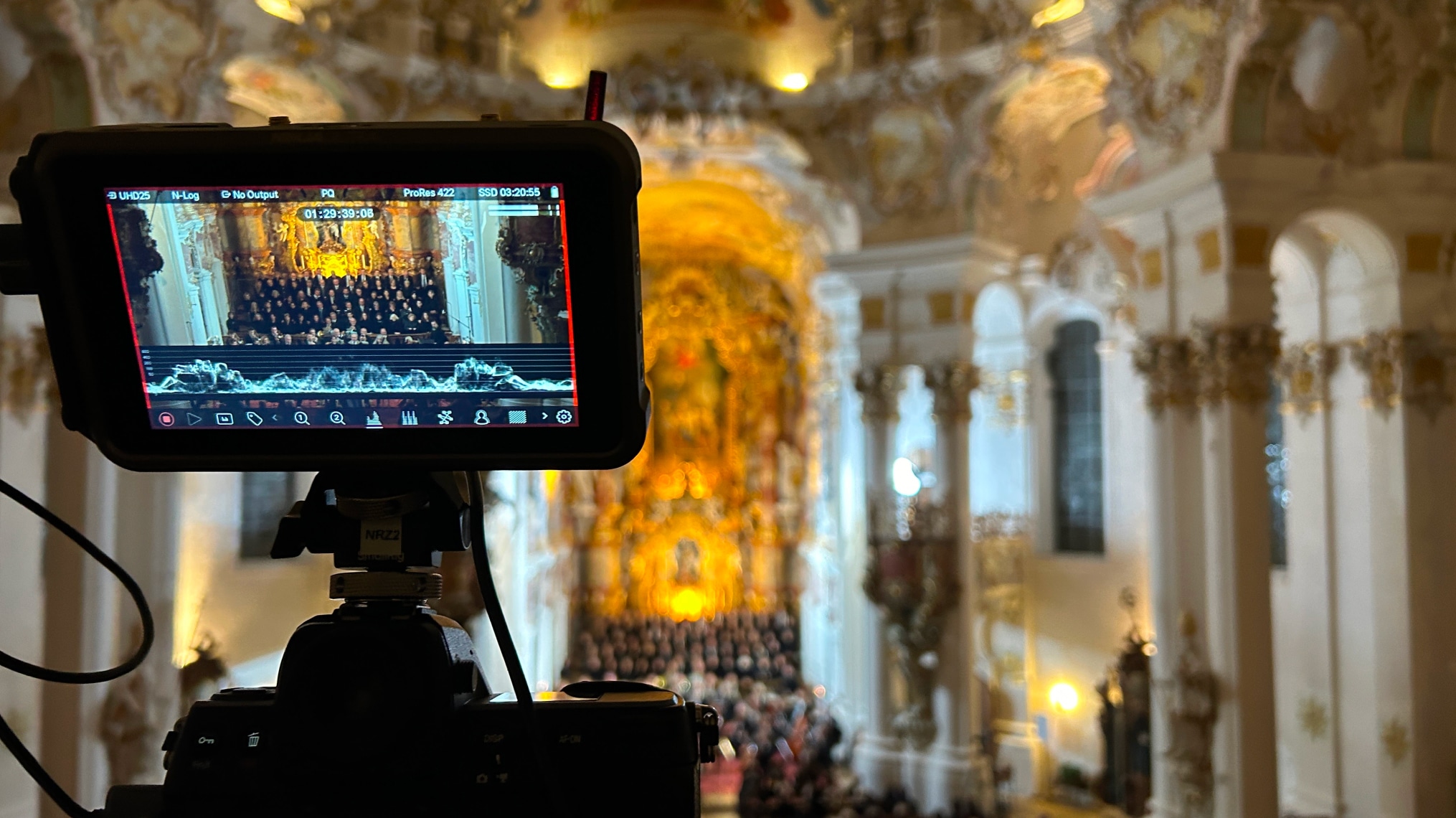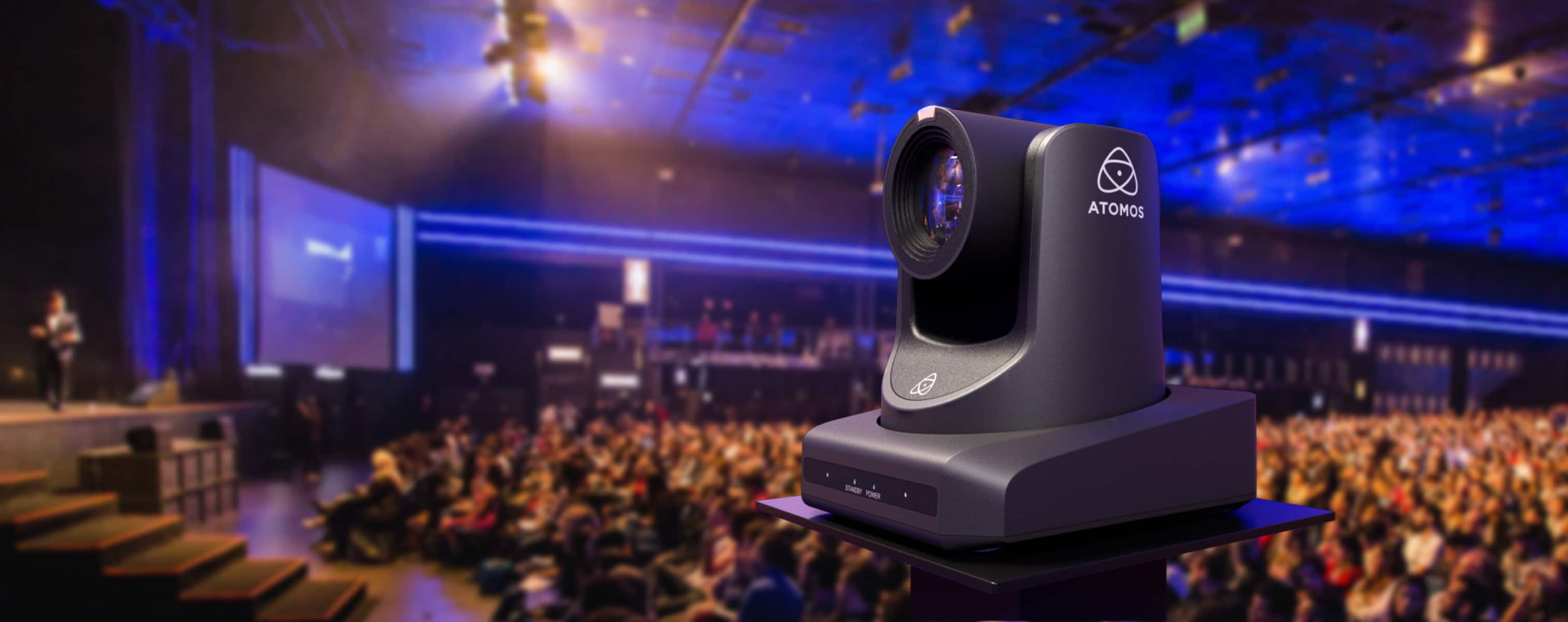Why you should use a monitor-recorder in your production
If you want to improve your workflow in any kind of production, a high-performance recorder monitor is a must-have.
Traditional in-camera monitors give a basic visual reference, but a monitor-recorder goes beyond simple monitoring, allowing you to capture high-quality footage directly from the source, as well as better visibility, playback and synchronization.
A monitor-recorder also provides a sharp, high-resolution display to check framing, exposure, and focus across multiple angles. Monitor-recorders also provide direct recording in professional formats like ProRes RAW, DNx, and H.265 for greater post-production flexibility, better color accuracy and a more efficient workflow for editing and grading.
Multicam for scripted productions
Atomos manufactures two monitor-recorders that can display and record up to four video sources, and switch between them.
Sumo 19SE is a 19-inch, 1200nit HDR monitor-recorder designed for set, studio and video village use. With four independent video inputs and full-size XLR audio connections, it can record four ISO feeds in addition to the program output.
Shogun Classic is a 7-inch, 3000nit 4K HDR monitor-recorder that can also record 4 SDI streams simultaneously.
For smaller productions, like webcasts, Atomos has a multi-cam add-on, AtomX Cast, for its popular Ninja range of HDMI monitor-recorders. This module turns a Ninja, Ninja Ultra, Ninja V, or Ninja V+, into a powerful compact live switcher. It can switch four HDMI sources, eliminating the need for complex setups, making multi-camera production more manageable.



